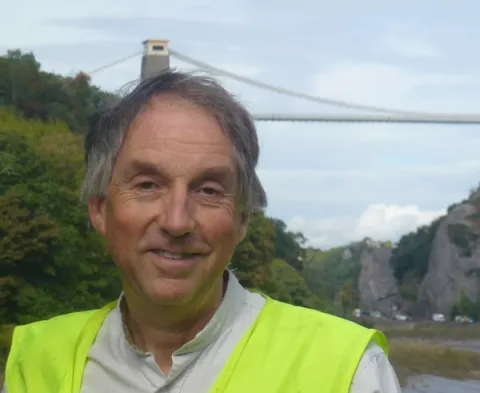About the project
This project investigates the engineering properties of weathered Jurassic and Triassic mudstones. Using samples obtained during the construction of the HS2 high-speed railway, it explores how these materials respond to construction loading. Results will inform more cost-effective design and construction of transport and energy infrastructure built on mudstone outcrops.
The project aims to tackle a real-world challenge: reducing the cost and risk of building major infrastructure in weathered mudstones, an essential but complex material found across the UK. From London to Birmingham, Bristol to Manchester, these ancient rocks lie beneath many of our largest cities, making them critical to the success of transport and energy megaprojects.
Formed up to 251 million years ago during the Jurassic and Triassic periods, these mudstones have since been shaped by glacial and periglacial processes over the last 200,000 years. Their engineering behaviour is highly variable, they can range from soft, soil-like clays to medium-strength rocks, and they respond dynamically to loading and environmental changes. When properly understood, they offer great potential for safe and efficient construction.
This research will focus on improving our understanding of how weathered mudstones behave under construction-related loading. Through a comprehensive programme of laboratory testing, you'll investigate samples at different stages of weathering and degradation. These samples, along with ground investigation data, come from the HS2 high-speed rail project, one of the UK’s largest infrastructure projects. The outcomes of this PhD will directly support more cost-effective design and construction practices, helping to deliver resilient infrastructure while saving time and money.
The School of Engineering is committed to promoting equality, diversity inclusivity as demonstrated by our Athena SWAN award. We welcome all applicants regardless of their gender, ethnicity, disability, sexual orientation or age, and will give full consideration to applicants seeking flexible working patterns and those who have taken a career break.
The University has a generous maternity policy, onsite childcare facilities, and offers a range of benefits to help ensure employees’ well-being and work-life balance. The University of Southampton is committed to sustainability and has been awarded the Platinum EcoAward.

